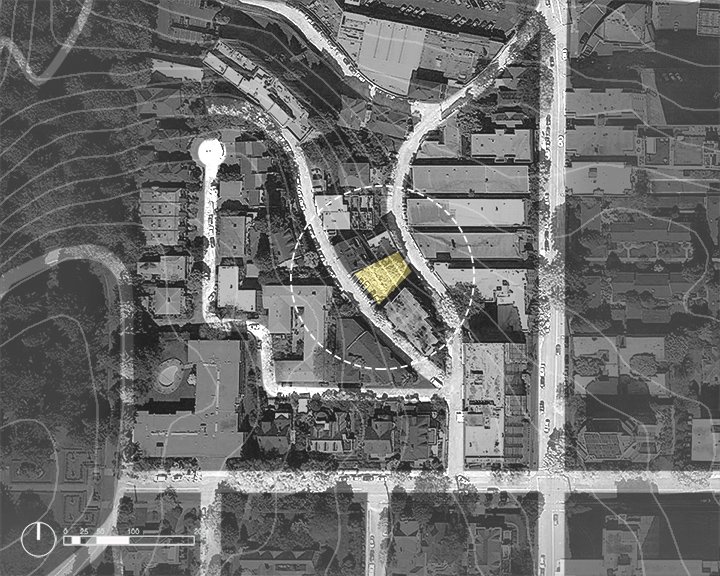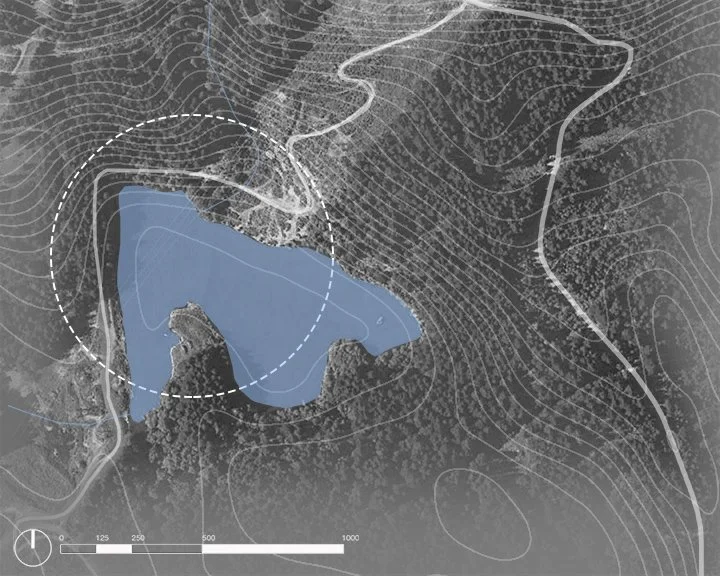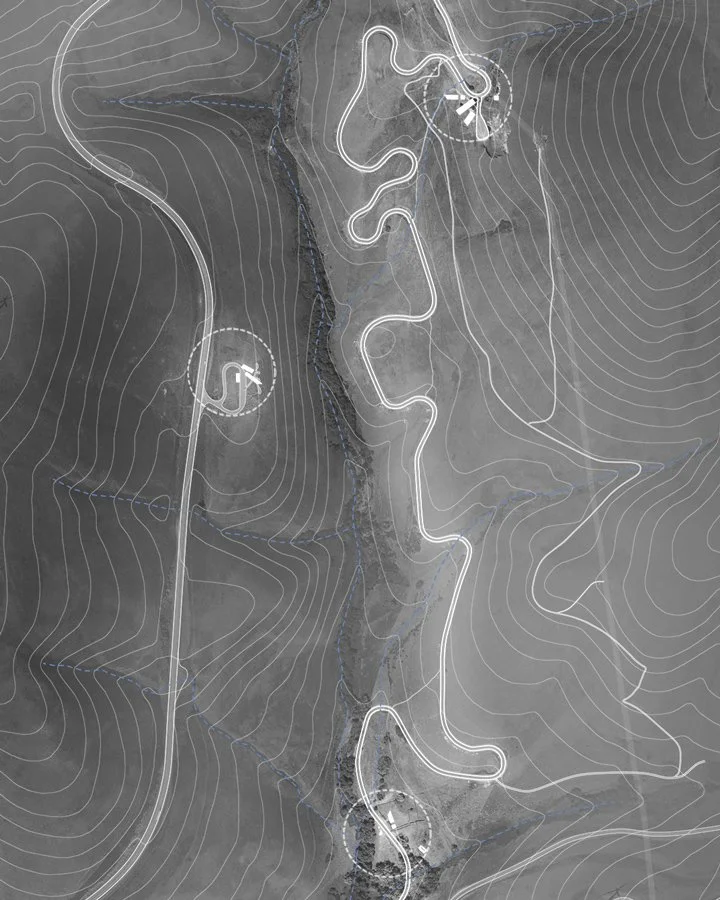
Testing Scales
Study created as part of: “Constructing the Gestalt” - Undergraduate Thesis - Virginia Tech (2015-2016)
Investigations at three scales deal with the questions of boundary, proximity and variability to establish a spectrum for understanding how the sense of place in constructed through linkages.
The first study examines a collections of elements that are forced to overlap, but must maintain their individual character. In this case the pure boundaries of the parts cannot be maintained and must be interrupted. It is at these intersections where a meaningful negative space must be created that simultaneously separates and connects the parts.
The second study allows the freedom to define a boundary and construct the space that holds the parts together. In order to avoid the placement of a foreign object into the environment and create a greater sense of place, the constraints must be derived and considered in order to have meaning behind the boundary.
Finally, the last study synthesizes methodologies used in the previous studies while also questioning how a gestalt is understood at a scale where negative space cannot be solely relied to create these linkages. How are these linkages made when the physical space between the elements is stretched?
At what point does the element lose its identity when it is forced to adapt to a condition?
How does the relationship between additive or subtractive ways of working inform the implied whole? What are the questions that are demanded of each method when constructing a sense of place?
If a spectrum is created where at one end the elements overlap, and at the other end the parts are too far apart, what happens in the middle of this spectrum?
What are the devices used to mediate the space, or lack thereof, between the parts at the beginning, middle and end of this spectrum?
© Forrest Bibeau, 2022


